Americans’ access to the coolest new tech gadgets is running into a policy buzzsaw. A sweeping mix of tariffs, lab de-recognitions, and chip-rule whiplash is reshaping how quickly devices get certified for the U.S. and how much they’ll cost when they arrive. With 75% of electronics tested in China, tighter scrutiny of foreign labs intersects with tariffs as high as 50%, while analysts warn small accessories could see the sharpest price jumps. The result: slower launches, leaner shelves, and higher checkout totals for everything from earbuds to AI-enabled devices.
Key Takeaways
– shows 75% of electronics are tested in China; FCC moved to revoke 7 labs and let 4 expire, risking new U.S. tech gadget approvals. – reveals tariffs ranging 10%–50% could cost households about $2,400 annually, with toys up 3.2% and baby items up 17%, pressuring electronics. – demonstrates small tech gadgets like earbuds, charging cables, and battery packs face steep pain; a $40 increase on an $80 item hits hardest. – indicates rescinding the May 15 AI diffusion rule shifts export limits, yet offers little relief for U.S. device prices amid broader supply frictions. – suggests the GAIN AI Act’s 4,800 TOPS threshold and U.S.-first prioritization could curb competition and complicate advanced tech gadget releases.
How FCC lab actions could slow tech gadgets at the border
The Federal Communications Commission moved on Sept. 8, 2025 to revoke recognition of seven Chinese testing labs and let recognition lapse for four more, in a market where roughly 75% of electronics are tested in China—raising the risk of bottlenecks for U.S. device certifications and delayed product launches, according to officials and industry warnings [1].
Certification is not a mere formality; it is the gate that every radio-equipped device—phones, watches, earbuds, routers, gaming controllers, VR headsets—must pass before U.S. sale. If recognized facilities shrink in the world’s dominant testing hub, manufacturers must reroute to other labs, negotiate new slots, and potentially repeat tests to meet FCC requirements. Each reroute can mean new queues, fresh paperwork, and additional costs.
Although the FCC is an independent regulator, its move sits inside a broader Trump-era posture that pressures China-linked supply chains. For consumer brands, the practical question is not ideology but timing: can they still align U.S. certifications with splashy global unveilings? When certifications slip behind marketing calendars, buyers in the U.S. watch influencers unbox devices they cannot yet purchase.
The scale matters. When three-quarters of testing capacity is concentrated in one country, even modest recognition changes can ripple through global scheduling. Multinationals will prioritize launch-critical flagships, but smaller or niche SKUs often get bumped. That means fewer colorways, trims, or storage tiers available at U.S. retail at launch—and occasional gaps in key accessories that make those devices useful on day one.
For accessory makers and startups, the risk is magnified. Younger firms lack the vendor leverage to secure prime lab slots and may face a choice between delayed U.S. entries or higher testing bills. Either outcome degrades the value proposition Americans see on shelves: fewer options at higher prices.
Tariffs of 10%–50% raise prices on everyday tech gadgets
Trump’s tariffs, which span broad product categories at rates from 10% to 50%, are already filtering into consumer prices. A Yale-linked analysis cited by the Washington Post estimates the average household could pay about $2,400 more annually due to tariff-driven inflation, with observed increases such as toys up 3.2% and baby items up 17%—and electronics flagged as at risk of higher prices and thinner availability [4].
Tech gadgets face a classic pricing squeeze. Tariffs lift landed costs; retailers then decide whether to pass through fully, absorb margin hits, or trim features and bundles. In practice, many choose a mix: nudging base prices up, pulling back on promotional cadence, and cutting the “free” cable or charger from the box to protect margins without sticker-shock optics.
The newest cost pressure lands atop an inflationary cycle that has already forced buyers to triage wants versus needs. If tariffs lift baseline prices while certification friction staggers launch timing, the U.S. tech cycle could skew toward older inventory. That would sustain volumes but push more consumers into last year’s models, even as software features increasingly assume newer chip capabilities.
Retailers also adjust assortment. When tariffs widen the price gap between premium and entry devices, mid-tier SKUs can get squeezed out—too expensive to be “value,” not differentiated enough to justify premiums. The practical impact is fewer choices in the middle, especially for students, gig workers, and first-time buyers who rely on midrange gadgets for work and school.
Small tech gadgets face outsized hikes from de minimis and fees
Analysts warn that small-ticket tech gadgets—earbuds, charging cables, and battery packs—remain exposed to tariff increases and potential de minimis changes that could erase low-cost import pathways. As Canalys’ Jack Leathem put it, “a $40 increase to an $80 item looks a lot worse,” underscoring how percentage jumps feel punitive on cheaper accessories essential to device ecosystems (Apr. 16, 2025) [5].
These are the unglamorous but indispensable items that make the ecosystem work. A pricier flagship phone is one thing; a sudden step-up on everyday accessories is another, because people buy them repeatedly. Households that replace lost cables, upgrade earbuds, or add power banks for travel experience compounding pain when each purchase is 20%, 30%, or 50% pricier.
Accessory inflation also nudges behavior in subtle ways. Consumers might delay replacing frayed cables, tolerate weaker batteries longer, or buy fewer chargers for home, office, and travel. That creates more friction around mobility and work-from-anywhere habits built during the pandemic—cutting into the convenience that tech gadgets promise.
For small brands, tariff exposure can be existential. A few dollars of added duty on low-cost SKUs can wipe out margin or force a price that breaks psychological thresholds ($19.99 to $24.99, $29.99 to $39.99). Once past those thresholds, conversion rates sag, and retailers may reduce shelf space. The result: fewer innovative accessories, and a market that tilts toward the biggest incumbents who can negotiate costs down the chain.
Chips policy whiplash: export rules, AI Act, and consumer fallout
On May 7, 2025, the Trump administration moved to rescind the “AI diffusion rule,” which was set to tighten export controls on advanced AI chips starting May 15; Nvidia praised the rollback, arguing the abandoned limits would have hurt U.S. competitiveness rather than securing supply for domestic customers [2].
At the same time, the proposed GAIN AI Act would require chipmakers to prioritize U.S. customers and seek performance-based export licenses for high-end parts above 4,800 TOPS, a threshold that industry leaders warn could restrain global competition and complicate customer access; Nvidia likened it to the scrapped approach and labeled it anti-competitive (Sept. 5, 2025) [3].
For consumers, the interplay is confusing: one policy removes export brakes, another proposes new prioritization and licensing. In the near term, none of this guarantees cheaper devices on U.S. shelves. Silicon availability remains tight for cutting-edge categories, and where chips flow depends on manufacturer commitments, geopolitical risk, and margins. Retail prices are shaped as much by tariffs, freight, and retailer strategy as by export rules.
Moreover, chip policy volatility can push brands to hedge. Device makers may diversify component sources, pre-buy inventory, or design for a broader range of chips to keep options open. Those steps raise engineering costs and lengthen development cycles, adding yet another reason why sticker prices for AI-capable tech gadgets might not soften soon.
Even when rules are meant to prioritize domestic customers, downstream benefits can lag. A chip prioritized for U.S. data centers, for example, may not immediately translate into cheaper consumer devices. The consumer market competes with cloud and enterprise buyers who can absorb higher prices—keeping pressure on retail gadget pricing.
What consumers can expect for holiday launches and upgrade cycles
Heading into the holiday season, U.S. buyers should plan for more fragmented launch windows. Flagship devices will still arrive, but waves of trims, limited editions, and accessory packs may roll out later than overseas. That could complicate gift planning and push savvy buyers to pre-order early or accept alternatives if a preferred configuration is scarce.
Expect bundles to change. Retailers may lean on value framing—throwing in services or trade-in bonuses—rather than pure price cuts. Where tariffs lift base costs, discounts can migrate to store credits, gift cards, or carrier bill credits that preserve margins while signaling deals. For shoppers, that means more homework to decode the net price and fewer across-the-board cash discounts at launch.
For everyday accessories, consider buying sooner if you see a good price. If supply rerouting and tariffs converge, the cheapest, most popular SKUs often sell out first, leaving only higher-priced variants. Conversely, if your existing gear still works, patience can pay—post-holiday replenishment sometimes delivers brief windows of aggressive pricing as retailers reset inventory.
Consumers with must-have travel tech—extra chargers, power banks, adapters—should avoid last-minute scrambles. When shelves thin, online marketplaces fill gaps but may charge premiums or lengthen ship times. Building a small buffer of essentials now reduces the risk of paying more later for rushed purchases.
For upgrade cycles, trade-in values become pivotal. Elevated sticker prices can be offset by higher-than-usual trade-in credits, especially from carriers hungry for subscribers on multi-year plans. Assess total cost of ownership: monthly installments, trade-in credits, activation fees, and accessories. The “best” deal often hides in the math, not the headline price.
Finally, watch the certification cadence. If a device launches abroad before a U.S. release, patience may be rewarded with the exact model you want rather than a compromise. Audit the accessory ecosystem too. Even when the phone or laptop lands on time, compatible chargers, cables, and cases sometimes lag. Planning ahead keeps your setup cohesive and prevents piecemeal, pricier accessory purchases under time pressure.
The bottom line for tech gadgets in 2025
Policy moves are reshuffling where and when consumer technology gets tested, shipped, and sold. FCC lab actions risk slowing approvals just as tariffs push prices up, squeezing both availability and affordability. Export-control reversals and proposals add uncertainty that device makers will price into products and launch plans.
For Americans eager to try the coolest new gadgets, the landscape is not closed—but it is narrower, costlier, and more complicated to navigate. Smart shopping tactics, from early pre-orders and trade-ins to careful accessory planning, can reclaim some value. Yet until testing capacity settles, tariff exposure eases, and chip policy stabilizes, expect fewer slam-dunk bargains and more careful math before you tap “buy.”
Sources:
[1] Reuters – US agency launches process to bar some Chinese labs from testing US electronics: www.reuters.com/business/media-telecom/us-agency-launches-process-bar-some-chinese-labs-testing-us-electronics-2025-09-08/” target=”_blank” rel=”nofollow noopener noreferrer”>https://www.reuters.com/business/media-telecom/us-agency-launches-process-bar-some-chinese-labs-testing-us-electronics-2025-09-08/
[2] CNBC – Trump administration set to end Biden’s U.S. chip export restrictions: www.cnbc.com/2025/05/07/trump-chips-exports-nvidia.html” target=”_blank” rel=”nofollow noopener noreferrer”>https://www.cnbc.com/2025/05/07/trump-chips-exports-nvidia.html [3] Reuters – Nvidia says GAIN AI Act would restrict competition, likens it to AI Diffusion Rule: www.reuters.com/world/china/nvidia-says-gain-ai-act-would-restrict-competition-likens-it-ai-diffusion-rule-2025-09-05/” target=”_blank” rel=”nofollow noopener noreferrer”>https://www.reuters.com/world/china/nvidia-says-gain-ai-act-would-restrict-competition-likens-it-ai-diffusion-rule-2025-09-05/
[4] The Washington Post – See where Trump’s tariffs are driving up prices on household items for now: www.washingtonpost.com/business/2025/09/04/trump-tariffs-imports-products-prices/” target=”_blank” rel=”nofollow noopener noreferrer”>https://www.washingtonpost.com/business/2025/09/04/trump-tariffs-imports-products-prices/ [5] CNN Business – ‘It’s going to be the small stuff’: These tech gadgets could still be impacted by Trump’s tariffs: https://www.cnn.com/2025/04/16/tech/trump-tariffs-china-tech-products-price
Image generated by DALL-E 3
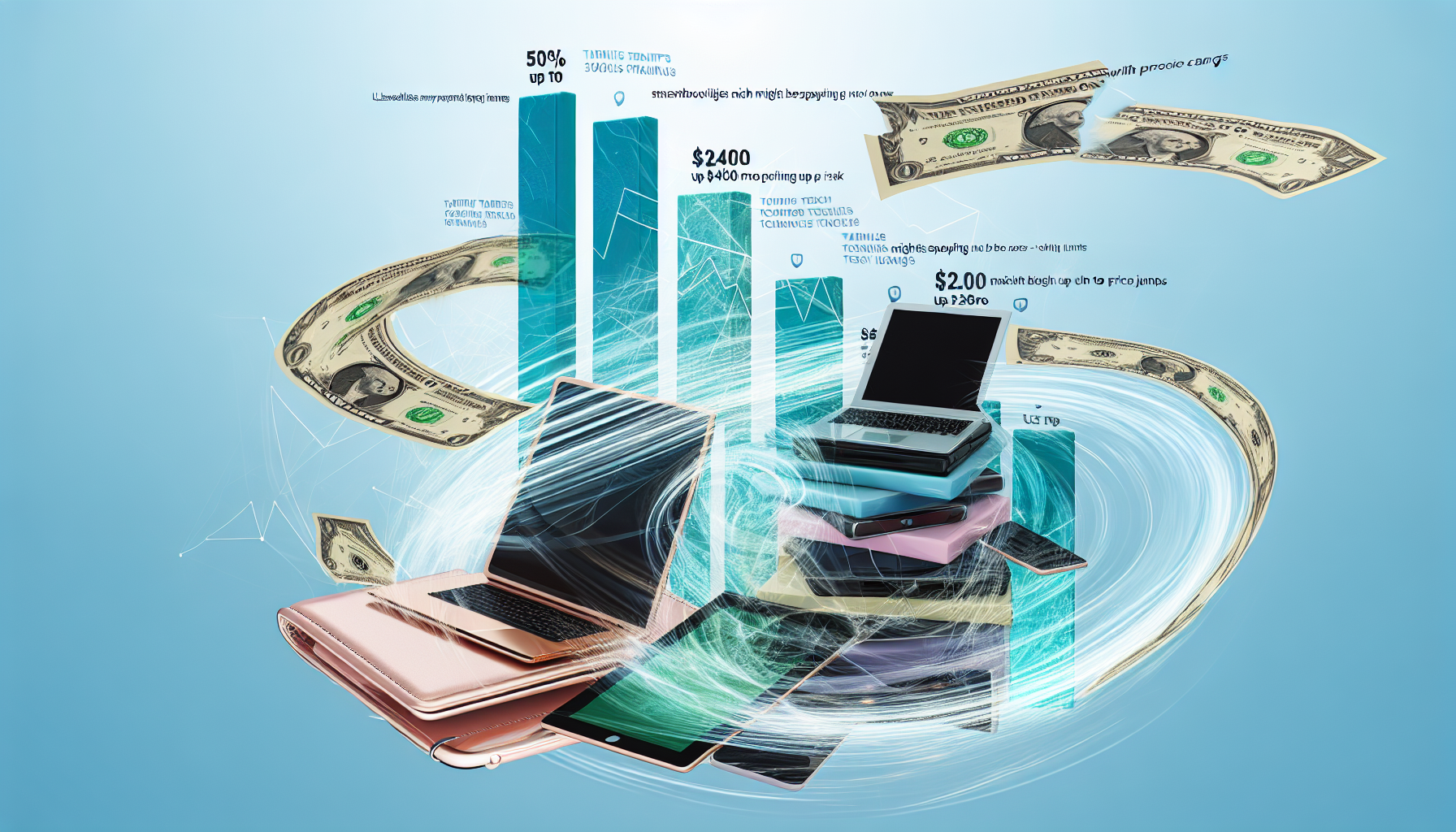

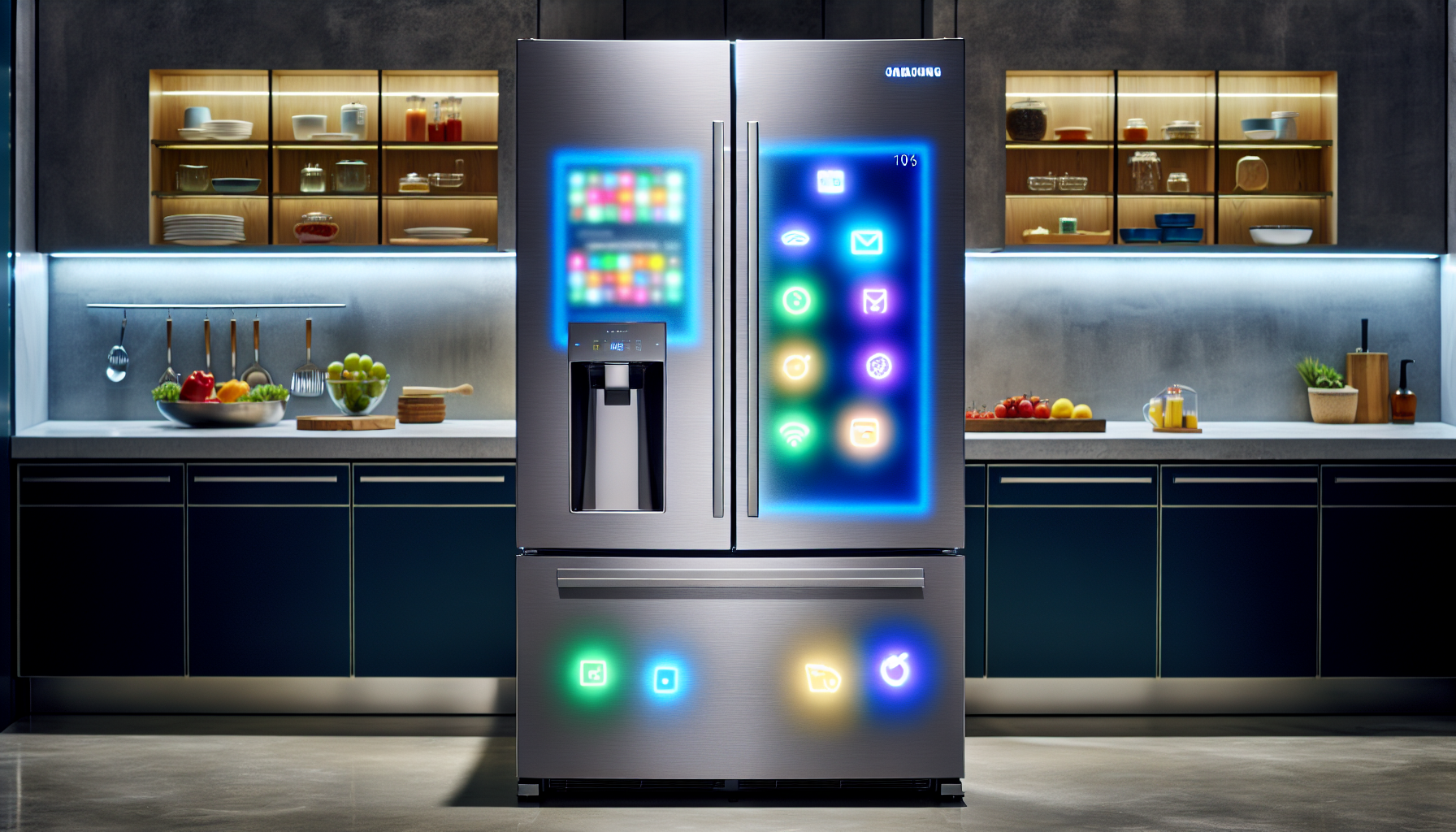
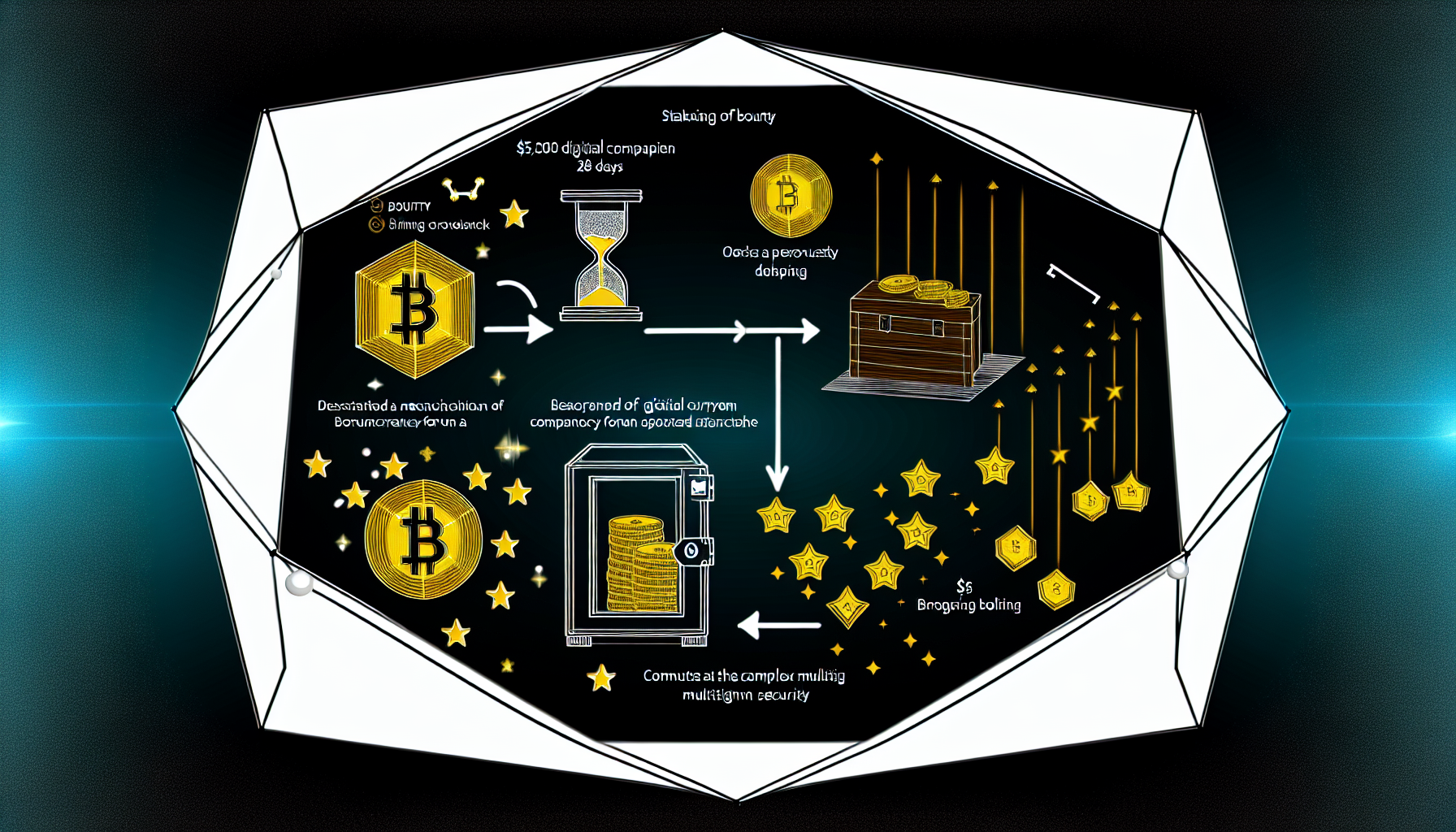
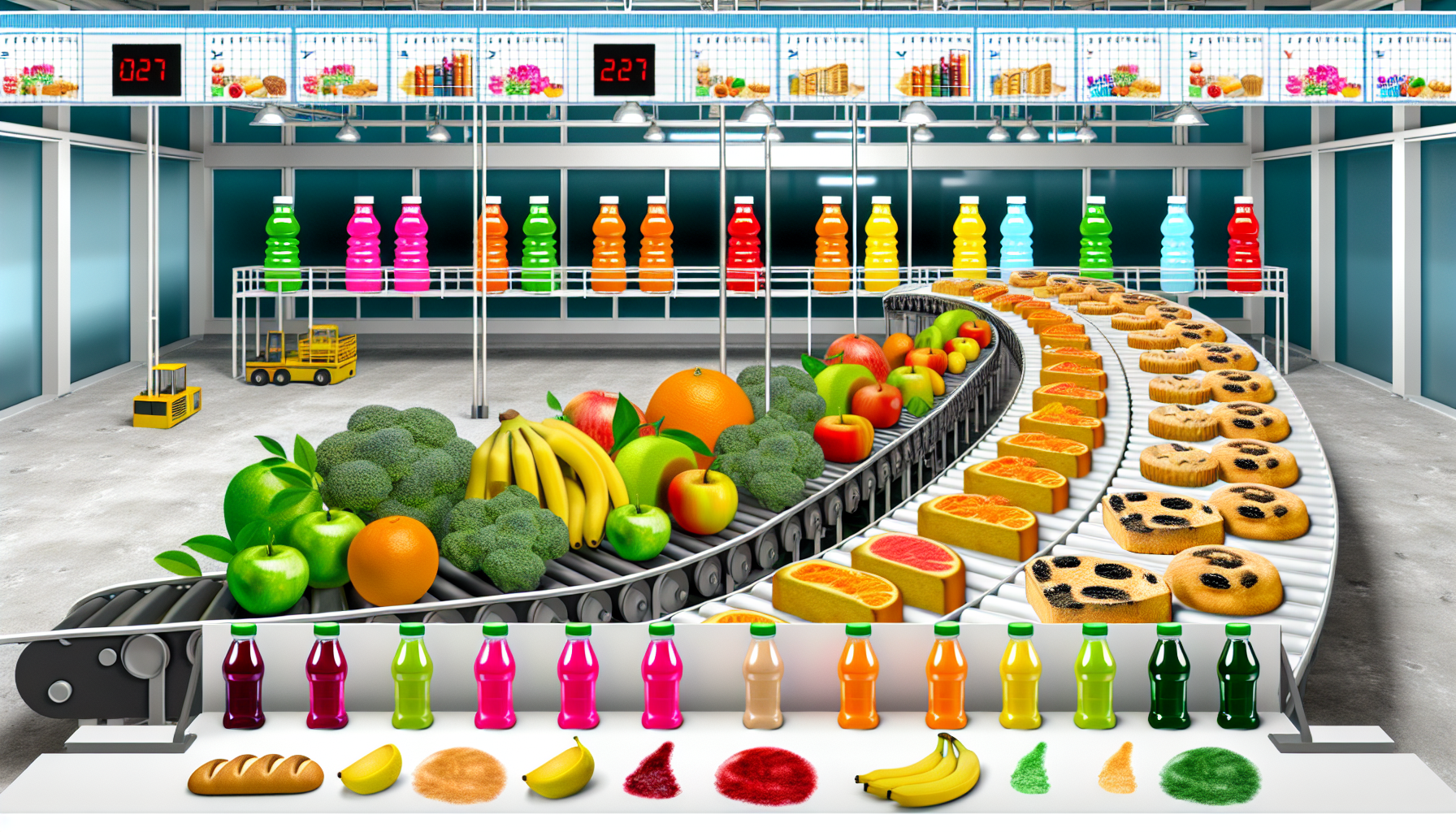
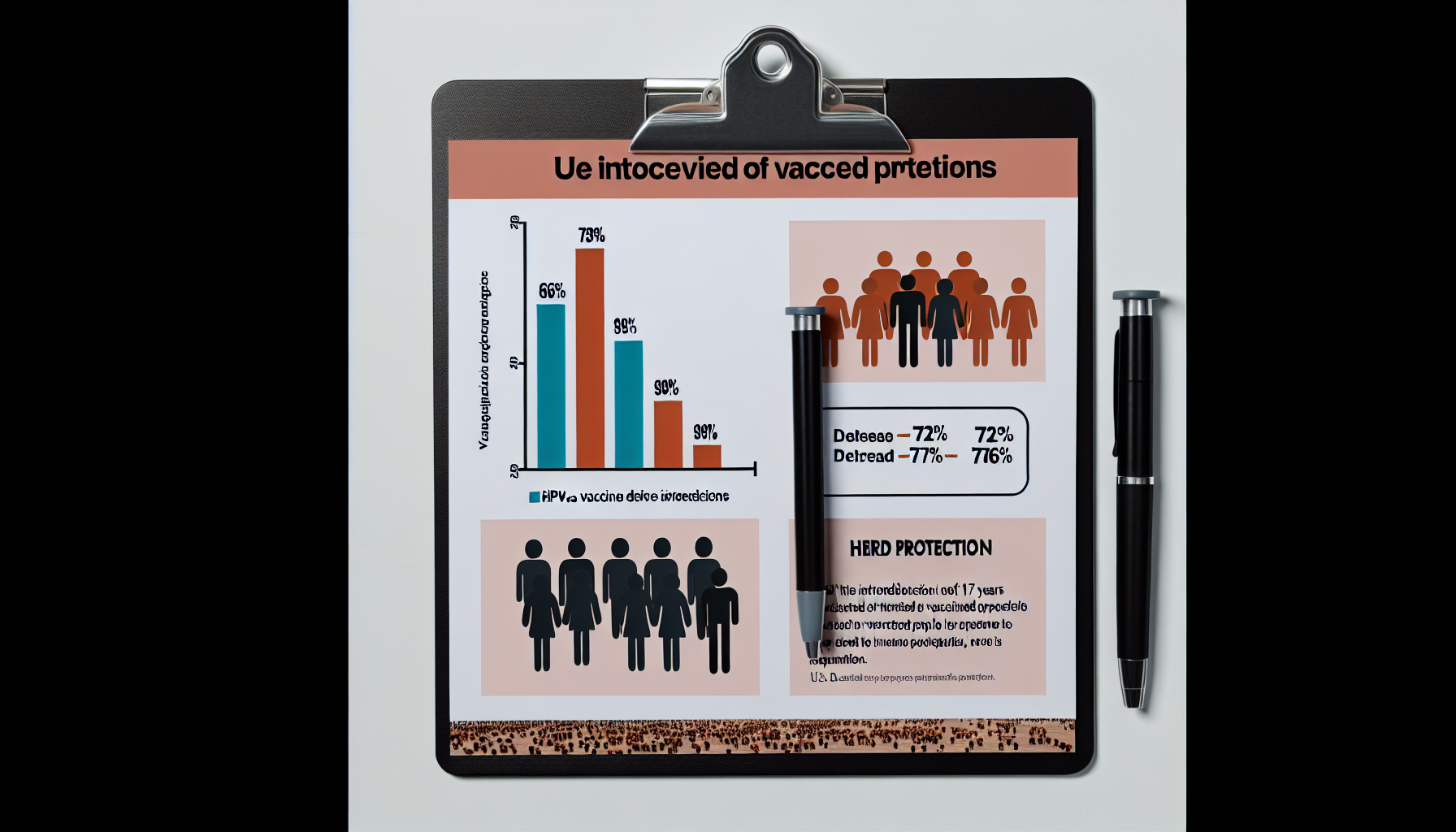



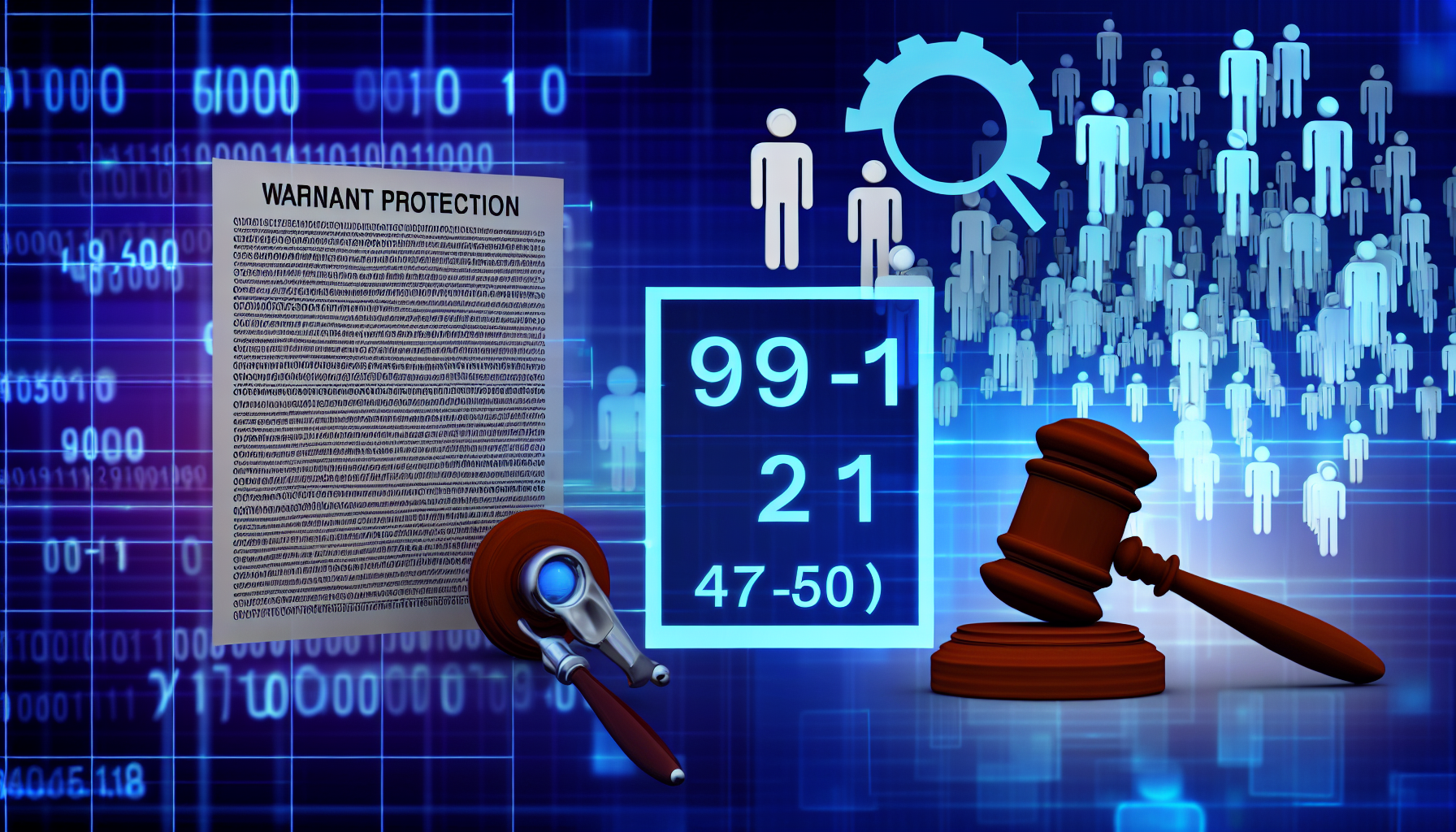
Leave a Reply